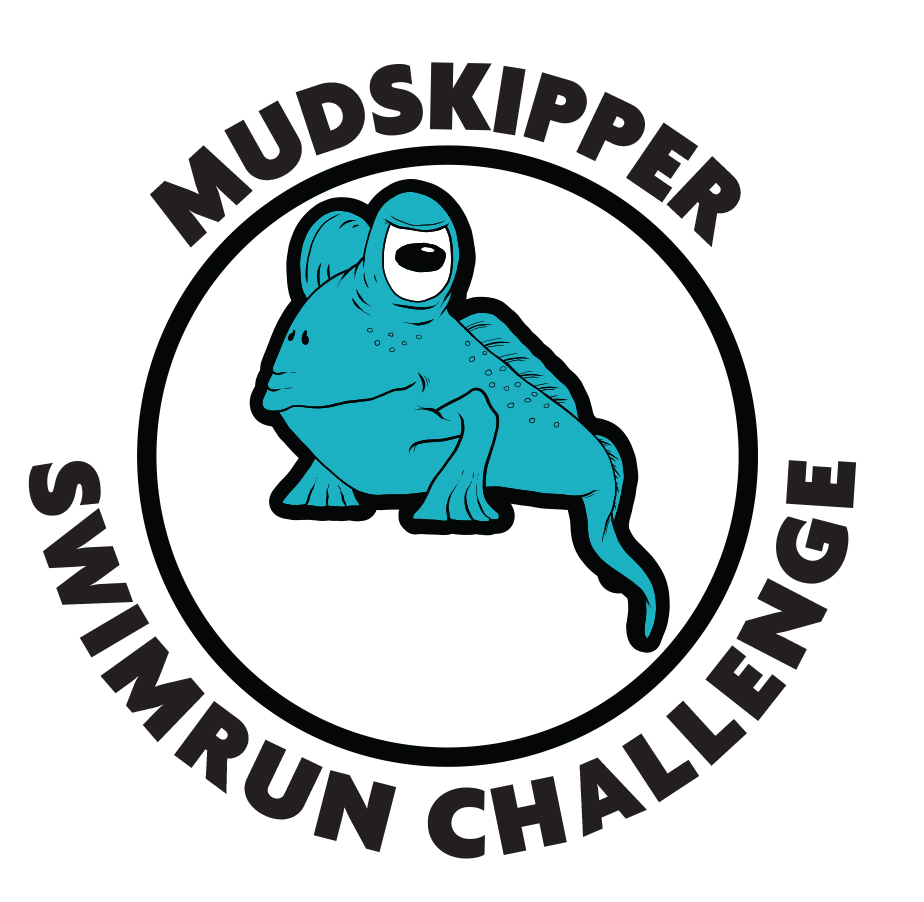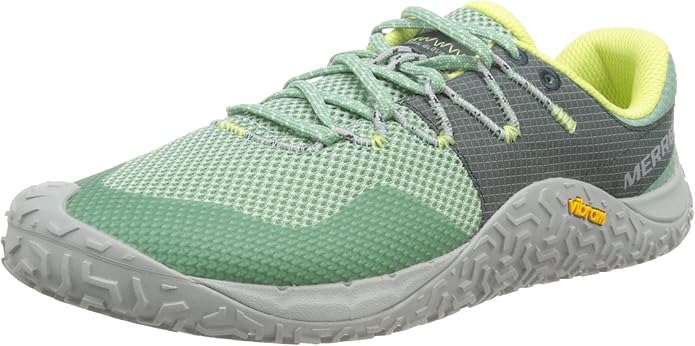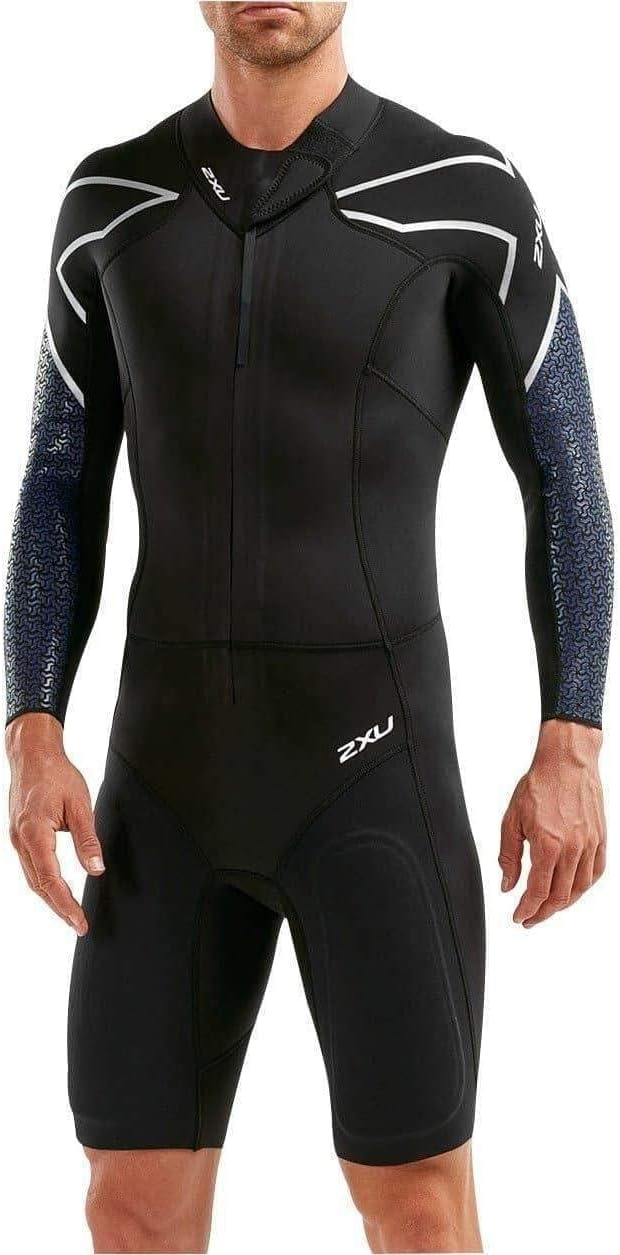Nutrition and Hydration Strategies
for Swimrun Athletes
By Richard Mitchell and Mogsy Ford
Updated November 2025
Nutrition and Hydration Strategies for Swimrun Athletes
Swimrun is a unique endurance sport combining open-water swimming and trail running, often in challenging conditions with multiple transitions and no time to change gear.
Because of this demanding format, athletes must pay special attention to nutrition and hydration to maintain energy, avoid cramping, and perform at their best throughout often hours-long races.
This page breaks down effective nutrition and hydration strategies for swimrun athletes, based on expert advice, race experience, and scientific research.
(As Amazon associates, we earn a small commission on any sales.)
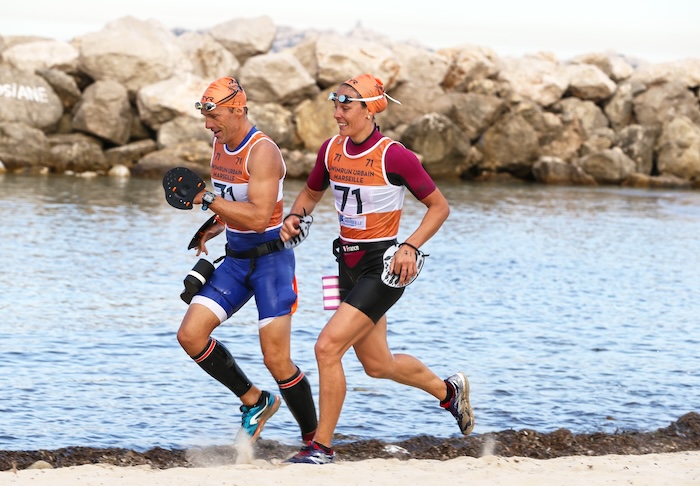 image courtesy triathlonlna.fr
image courtesy triathlonlna.frNutrition and Hydration Strategies
for Swimrun Athletes
Race Week Tips
During the week leading up to the event, maintain hydration and focus on carbohydrate-rich whole foods like rice, sweet potatoes, white bread, and moderate fiber intake to optimize glycogen stores. Avoid introducing new or rich foods close to race day to prevent possible stomach issues!
Pre-Race Nutrition and Hydration
Hydration starts well before race day. It is important to begin sipping water early in the morning, spreading intake over 90 minutes rather than consuming large volumes at once, to avoid discomfort during the race. Aim for about 500 ml of water in the 90 minutes prior to start.
Additionally, consume a carbohydrate-rich meal in the hours leading up to the race, focusing on familiar foods with a moderate glycemic index to provide steady energy. About 15 minutes before the race, many athletes find a strong coffee helpful for a boost, optionally sweetened to provide additional carbohydrates.
 image courtesy Ötillö
image courtesy ÖtillöDuring-Race Nutrition
Swimrun races often last several hours, so maintaining energy with carbohydrates and replenishing fluids and electrolytes mid-race is critical.
A carbohydrate intake of about 30-60 grams per hour is sufficient for most athletes to sustain energy, though this amount should be personalized based on individual tolerance and stomach training. Common sources include energy gels, chews, or snacks with a balance of carbohydrates and electrolytes.
Hydration during the race should be guided by feeling but ideally involves consuming 600 ml to 1 liter of fluids per hour, incorporating electrolyte drinks with sufficient salt to replace sweat losses, which can be higher in salty sweaters.
Electrolyte powders with sodium chloride or sodium citrate are effective, with sodium citrate being gentler on the gut if you are sensitive. Adding salty snacks like peanuts or crisps can help maintain salt levels and offer calories at the same time.
Nutrition and Hydration Strategies
for Swimrun Athletes
Personalization and Stomach Training
Swimrun’s alternating swim and run segments put unique stresses on the digestive system, so it is crucial to test and develop a nutrition plan during training. To prevent gastrointestinal issues, avoid over-consumption of fructose. Instead, use combinations of glucose and fructose within recommended limits.
Bring your own preferred gels or electrolyte capsules to supplement what is available at aid stations, and adapt intake to changing race conditions and how your body feels.
Post-Race Refueling
After finishing, aim to consume a meal or snack within 30 minutes containing carbohydrates and protein in a roughly 3:1 ratio to replenish glycogen and promote muscle recovery. Prioritize whole foods like lean proteins, grains, and fruits, and continue to hydrate well.
Practical Tips for Carrying Nutrition and Hydration
Given that swimrun requires wearing the same gear through multiple segments, athletes often carry fluids and nutrition in handheld bottles, hydration vests, or waist pouches that stay secure during swimming and running. Choose compact, lightweight options and pack what you need based on race duration and availability of aid stations.
In Summary:
- Start hydration early and spread intake before the race to avoid stomach discomfort.
- Aim for 30-60 grams of carbohydrates per hour during the race, combined with electrolyte-rich fluids to replace salt losses.
- Test your nutrition and hydration plan thoroughly in training to find what works best.
- Use salty snacks in combination with electrolyte drinks for optimal salt and energy replenishment.
- Refuel promptly after the race with carbohydrates and protein for recovery.
- Carry your nutrition and fluids in secure, swimrun-appropriate containers.
With proper planning and execution of nutrition and hydration strategies, swimrun athletes can maintain energy, delay fatigue, and enjoy the exhilarating challenge of swimrun racing at their best.
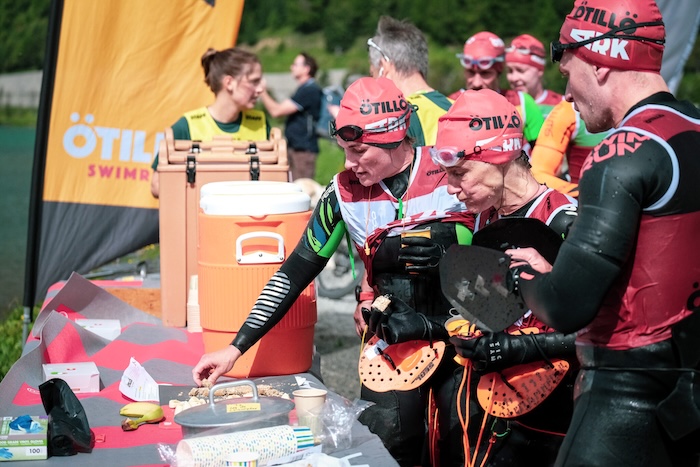 image courtesy Ötillö
image courtesy ÖtillöNutrition and Hydration Strategies
for Swimrun Athletes - the science
The scientific research behind the nutrition and hydration strategies for swimrun athletes is primarily grounded in studies on prolonged endurance performance, especially from similar multi-hour events like triathlon and open-water swimming.
Key findings from the research include:
Hydration during endurance exercise is critical to maintaining performance and preventing fatigue. Athletes should consume fluids containing carbohydrates (ideally 4-8% solutions) and electrolytes, particularly sodium, which aids water retention and helps replace sweat losses.
Research shows that dehydration impairs performance, thermoregulation, and plasma volume, while proper hydration can mitigate heat stress and reduce injury risk.
Nutrition Volume 20, Issues 7–8, July–August 2004, Pages 651-656
"Fluids and hydration in prolonged endurance performance"
Serge P von Duvillard PhD, FACSM, William A Braun PhD, Melissa Markofski MS, Ralph Beneke MD, PhD, FACSM, Renate Leithäuser MD
For carbohydrate intake, studies recommend consuming about 30 to 60 grams per hour during endurance events lasting more than an hour to sustain energy and delay fatigue.
Excessive carbohydrate concentrations in drinks can slow gastric emptying, so maintaining a moderate level is preferable.
Precision Hydration original research. Sports Scientist Abby Coleman analyses Andy and JP's fueling and hydration plans for the ÖTILLÖ Swimrun World Championships.
Electrolyte balance is as important as fluid intake. Athletes with high sweat rates and salty sweat need to prioritize sodium replacement during events to avoid hyponatremia or cramps.
Supplementation with electrolyte powders combined with salty snacks can be effective. Sodium citrate is often used as a gentler alternative to sodium chloride on the gut.
Nutrition Volume 20, Issues 7–8, July–August 2004, Pages 651-656
"Fluids and hydration in prolonged endurance performance"
Serge P von Duvillard PhD, FACSM, William A Braun PhD, Melissa Markofski MS, Ralph Beneke MD, PhD, FACSM, Renate Leithäuser MD
Nutrition strategies must be personalized and stomach "training" is essential for adapting to carbohydrate and fluid intake during racing, reducing gastrointestinal distress.
Athletes vary widely in their tolerance and sweat rates, and so intake should be calibrated accordingly.
Precision Hydration original research. Sports Scientist Abby Coleman analyses Andy and JP's fueling and hydration plans for the ÖTILLÖ Swimrun World Championships.
Pre-race hydration recommendations include drinking 5-7 ml/kg body weight about 4 hours before exercise to ensure starting in a euhydrated state. Cold fluids help thermoregulation during swimming in warm conditions.
Post-exercise rehydration should aim to replace at least 150% of fluid lost with added sodium to promote retention.
Journal of Exercise Nutrition and Biochemistry 2017 Dec 31;21(4):1–10. doi: 10.20463/jenb.2017.0030
"Nutritional needs in the professional practice of swimming: a review"
Raúl Domínguez, Antonio Jesús-Sánchez-Oliver, Eduardo Cuenca, Pablo Jodra, Sandro Fernandes da Silva, Fernando Mata-Ordóñez
Recovery nutrition emphasizes consuming carbohydrates with protein soon after the event to replenish glycogen stores and aid muscle repair.
Research on triathletes closely parallels swimrun needs since both involve lengthy swim and run components.
Studies highlight the risk of inadequate hydration and energy intake if poorly managed and call for evidence-based fueling and electrolyte strategies.
Nutrients 2025, 17(11), 1846; https://doi.org/10.3390/nu17111846
"Triathlon: Ergo Nutrition for Training, Competing, and Recovering"
by Álvaro Miguel-Ortega, María-Azucena Rodríguez-Rodrigo, Juan Mielgo-Ayuso and Julio Calleja-González
Case studies and reviews on ultra-endurance swimmers support the importance of tailored nutritional plans that consider physiology, race duration, and event characteristics for maximum performance.
Journal of Exercise and Nutrition, 2025, Volume 8 (Issue 1): 3
"Nutritional Preparation for an Ultra-Endurance Swimmer: A Case Report" Suzanne E. Kitt, Kory A. Stauffer, Tania S. Flink
Overall, the swimrun nutrition and hydration advice is based on well-established sports science around endurance events, adapted to the sport’s unique demands of alternating swim and run segments, swimrun-specific sweat and stomach issues, and the logistical challenges of no transition gear changes.
It combines carbohydrate-electrolyte fluid intake guidelines, personalized fueling strategies, and practical hydration timing to optimize performance and reduce risks during races.
Monitor your activity and performance while you are swimming with the
CLICK HERE for further details and the BEST PRICE at Amazon!
www.swimrun-advice.com works with the following Swimrun companies:






